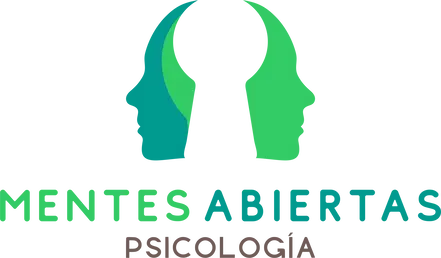Did you know that moving to music is not only fun but can also be deeply healing? Dancing, beyond its artistic and social dimensions, is becoming a valuable therapeutic tool in the field of mental health. Numerous studies support the positive effects of dancing on our emotional, cognitive, and physical well-being.
The therapeutic power of movement
Human beings are made to move. Since ancient times, dancing has been part of rituals, celebrations, and emotional expression. Today, fields such as Dance Movement Therapy (DMT) harness this potential to help people connect with themselves and transform their emotional states.
When we dance, we not only release physical tension; we also activate neural circuits related to pleasure, memory, and emotional regulation. Body and mind engage in a fluid dialogue that fosters the integration of experiences and emotions.
Main mental health benefits of dancing
1. Stress and anxiety reduction
Rhythmic and expressive movement stimulates the release of endorphins, neurotransmitters that generate feelings of well-being and reduce levels of cortisol, the stress hormone. Dancing, whether in group or individual sessions, helps release tension and restore a state of calm and balance.
2. Mood enhancement
Dancing fosters positive emotions such as joy, enthusiasm, and enjoyment. Various studies show that regular dance participation is associated with reduced symptoms of depression and an increased sense of well-being.
3. Boosting self-esteem and body image
The process of discovering new ways to move and express oneself through dance strengthens self-acceptance and self-confidence. Dancing invites us to explore the body with curiosity and pleasure, helping to overcome self-criticism and body judgment.
4. Promoting social connection
Group dance activities create spaces for interpersonal bonding and mutual support. Sharing the experience of movement with others fosters a sense of belonging and reduces social isolation, which is key for good mental health.
5. Facilitating emotional expression
Dancing offers a non-verbal channel to process and express complex emotions. Through movement, it is possible to explore inner states that are difficult to verbalize, contributing to greater emotional integration and the processing of traumatic or painful experiences.
What is Dance Movement Therapy?
Dance Movement Therapy (DMT) is a recognized therapeutic modality that uses body movement as its primary tool. Through structured sessions, it fosters the connection between body, mind, and emotions, promoting personal development and psychological well-being.
DMT is especially effective for:
- Chronic stress and anxiety.
- Depressive disorders.
- Body image and eating disorders.
- Psychological trauma.
- Interpersonal relationship difficulties.
Examples of therapeutic dance exercises
In a therapeutic setting, dance exercises can be adapted to the needs of each person or group. Some examples include:
- Free dance: moving spontaneously to music, allowing the body to express emotions freely.
- Grounding exercises: movements that enhance the sense of presence and bodily security.
- Gesture exploration: working with symbolic gestures that represent emotional states and desires.
- Working with space: experimenting with different ways of occupying and interacting with physical and social space.
- Group improvisation: creating dynamics of interaction and play through shared movement.
A path to body-mind integration
When used for therapeutic purposes, dancing becomes a journey of self-discovery, emotional release, and personal transformation. By reconnecting us with our bodies and the joy of movement, it facilitates deep healing processes that positively impact our mental health.
If you're curious about exploring this approach, consider seeking out a professional trained in Dance Movement Therapy or incorporating mindful dance activities into your routine. Your body and mind will thank you!
Conclusion
Dancing is much more than a recreational activity: it is a powerful tool for emotional and psychological care. In times when stress, anxiety, and bodily disconnection are so prevalent, rediscovering the value of expressive movement can make a real difference in our well-being.
Move, feel, connect... and dance your way to better mental health.


